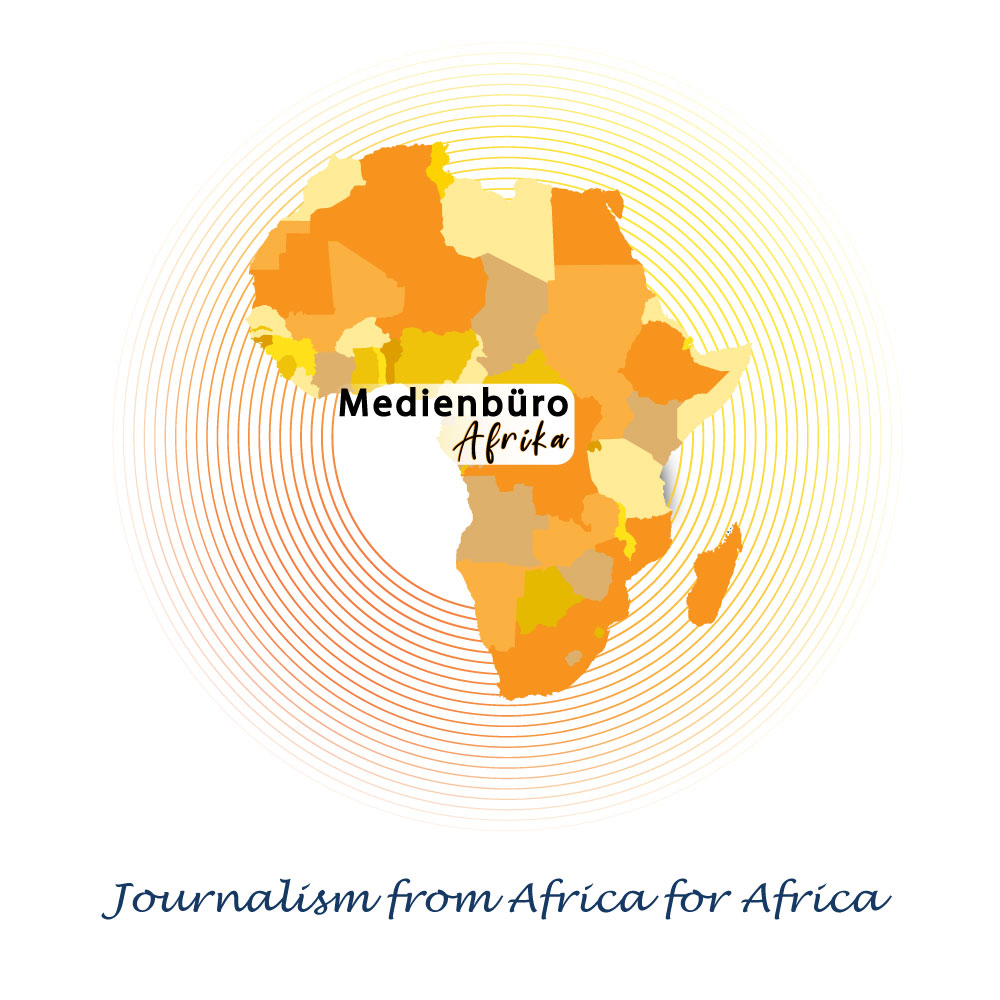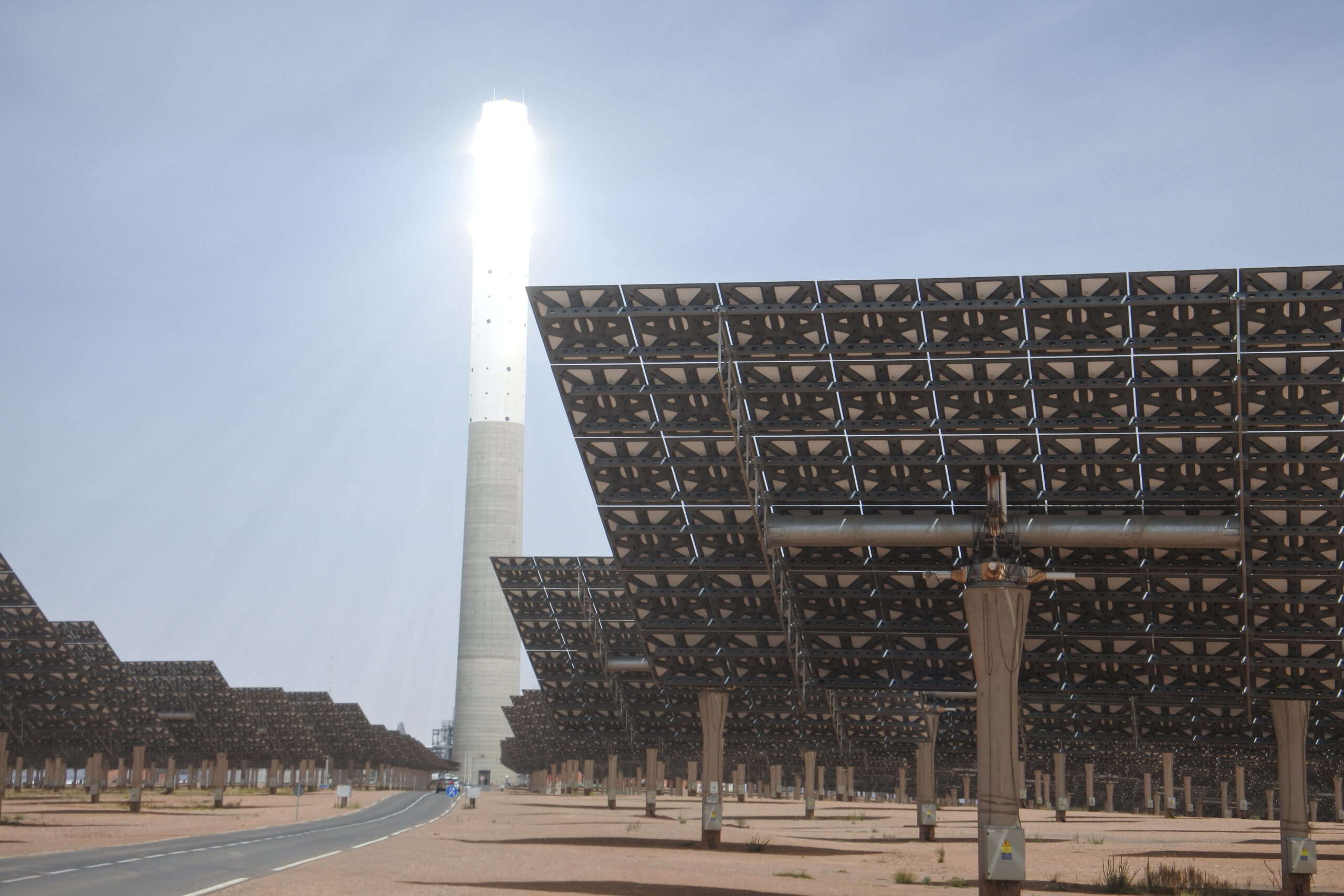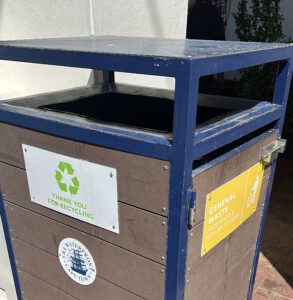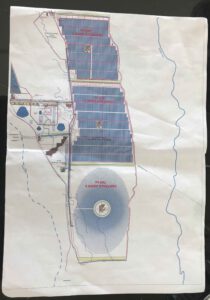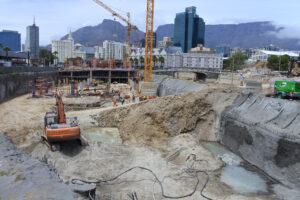Conditions in Morocco are not easy. A quarter of the population, especially in rural areas, lives in poverty. The development gap between urban and rural areas is enormous. A high budget deficit, high unemployment and a lack of professional qualifications remain major challenges. Water is scarce and climate change is threatening the livelihoods of the population, according to GIZ (Gesellschaft Internationale Zusammenarbeit).
Due to population and economic growth, energy consumption is increasing by 6 per cent annually. The energy supply is heavily dependent on two coal-fired power stations, the fuel for which has to be imported at great expense. Carbon dioxide emissions are rising in line with growth. The conditions for renewable energies are world class, as the intensity of solar radiation is over 2500 kWm2 per year, more than twice as high as in the best locations in Germany.
This prompted the Moroccan king to develop a solar plan in 2009. By 2020, 42 per cent of the country’s electricity needs were to be covered by renewable sources such as solar, wind and water. By the end of 2023, a share of 38 per cent had been achieved, narrowly missing the target. Morocco has thus succeeded in taking on a pioneering role on the African continent. The share of renewable energies in Morocco is set to rise to 52 per cent by 2030 – an ambitious target. In Germany, which has decided to phase out coal and nuclear power and is focusing on green hydrogen, this share will be 51.6 per cent by the end of 2023. The share of renewable energies is growing by 5 per cent annually. Germany does not serve as a narrative here, but as a reference!
One reference project is the solar power plant in Ouarzazate. It is considered to be the largest solar power plant of its kind in the world. The marketing argument is that 1.3 million people draw their electricity from the power plant complex and 800,000 tons carbon dioxide emissions are saved. However, solar thermal power plants produce electricity at a cost of 6 to 11 EuroCent per kWh. This is expensive at a time when solar power from photovoltaic modules is available in the region for 1 to 2 kWh. Solar thermal power plants have the advantage that they can store electricity. Photovoltaic modules cannot do this. The high costs would have to be passed on to Moroccan electricity customers. The country has responded by focussing on hybrid power plants with a higher proportion of photovoltaic modules. The Moroccan energy sector is facing major challenges, including with green hydrogen.
First of all, production capacities and, due to the demand in neighbouring Europe, export capacities must be built up. This also includes use in the fertiliser industry. Here, ammonia in particular is needed as the basis for nitrogen fertilisers. Ammonia consists of three hydrogen atoms and one nitrogen atom. The nitrogen is found in the air and the hydrogen can be produced from water by electrolysis using renewable electricity. This should happen by 2030. By then, the strategy envisages the development of 14.6 billion gigawatt hours of renewable energy capacity per year.
In the second phase from 2030 to 2040, the capacity of the national electricity grids is to be increased through hydrogen storage. In addition, hydrogen is to be used as a fuel in public heavy goods transport. From 2040, the strategy envisages a further increase in exports. This will require over 130 billion gigawatt hours per year by 2050. The investment requirement is estimated at over 100 billion euros.
On behalf of the German Federal Ministry for Economic Cooperation and Development (BMZ), KfW Bank is supporting the construction of the reference plant in the Moroccan province of Guelmim with up to 300 million euros in the form of grants and loans. The power plant consists of several components: Solar modules are being installed on a high plateau in the province of Guelmim. Wind turbines will be built on the mountain ridge that borders the plateau. The electricity from these wind and solar plants will be fed into the port city of Tantan, around 50 kilometres away, where a seawater desalination plant is being built. The fresh water obtained there is fed into an electrolysis plant and finally split into oxygen and the desired hydrogen.
The reference plant is scheduled to go into operation in 2026. The hybrid power plant from solar and wind energy will have an output of 200 MW. The electrolyser will have an output of at least 100 MW. According to KfW, this will enable at least 10,000 tonnes of hydrogen to be produced per year. A blast furnace can require over 200,000 tonnes of hydrogen per year for steel production.
Things are moving in Morocco and the targets are just about being met. However, a considerable increase in activities is required to even come close to achieving the targets that have been set. Suppliers from all over the world are waiting in the wings, hoping for huge sales markets. However, the enormous amounts of capital are also a scarce resource.
Author: Dr. Thomas Isenburg, science writer
All ready published:
